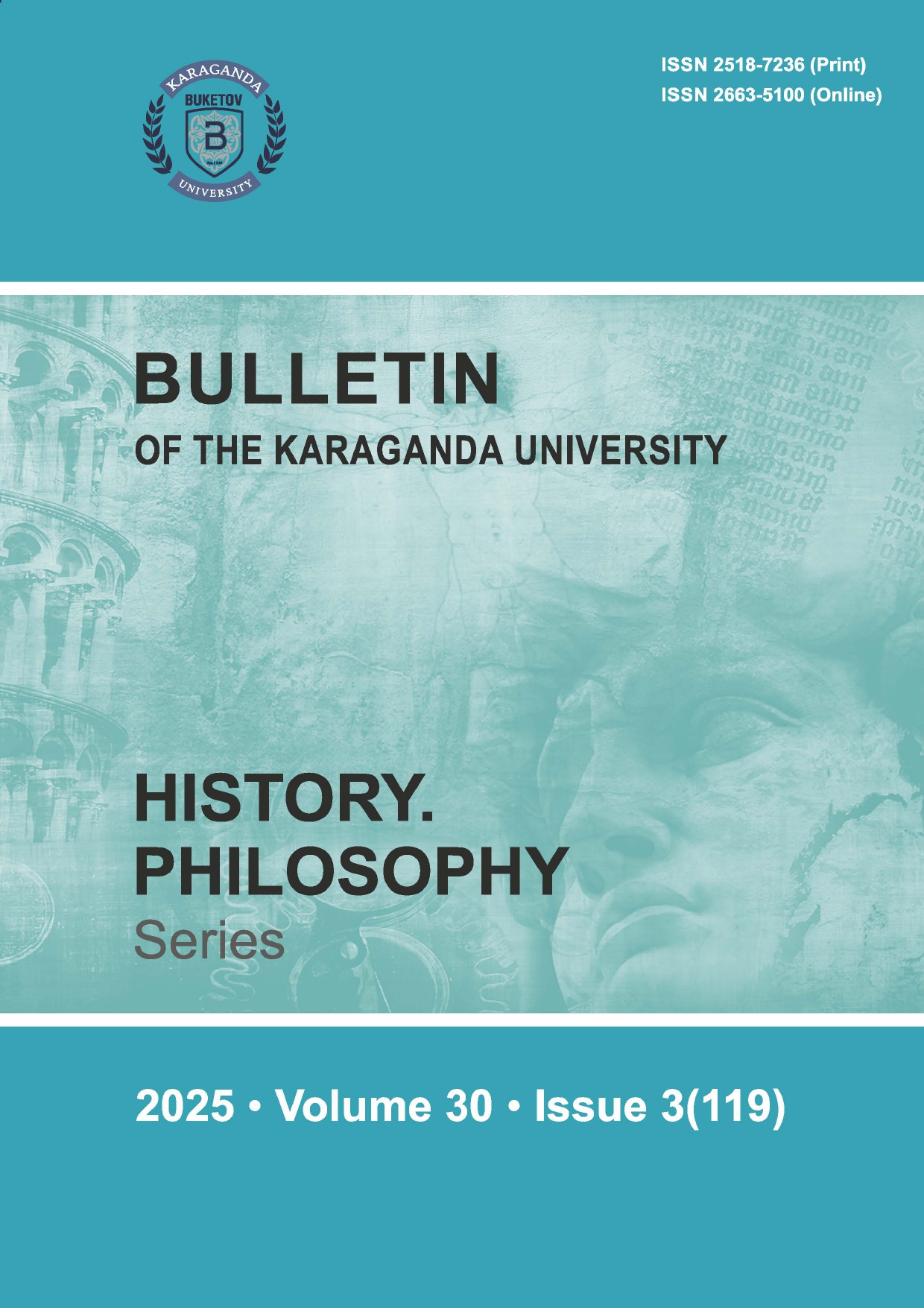Medical Care in the Syr-Darya Region in the Post-Reform Period: Between Tradition and Modernization (1860–1917)
DOI:
https://doi.org/10.31489/2025hph3/144-158Abstract
The article examines the processes of formation and development of the medical care system in the SyrDarya region during the post-reform period — from the mid-19th to the early 20th century. Special attention is given to the impact of administrative and social reforms implemented by the Russian Empire in the Turkestan region on the transformation of the healthcare system. It is shown that, despite difficult socio-economic conditions, a shortage of qualified medical personnel, a low level of sanitary culture, and underdeveloped infrastructure, this period marked the beginning of a gradual modernization of the medical sphere. The transition from traditional healing practices to formal, state-organized medical assistance is described. Progressive changes in society associated with the establishment of the first medical institutions and medical staff are highlighted. The study analyzes the forms of medical care — outpatient and inpatient services — their stages of development, and features of the fight against infectious diseases and epidemics. Based on archival and statistical sources, the article presents information on the structure of medical institutions, staff numbers, healthcare expenditures, and financing mechanisms. Various challenges and contradictions that emerged during the development of official medical care in the region are discussed. The role of doctors, feldshers, and
midwives in shaping the healthcare system is emphasized. The materials presented are of scholarly interest to medical historians, specialists in social history, and researchers of the Russian Empire's colonial policy in Central Asia.




